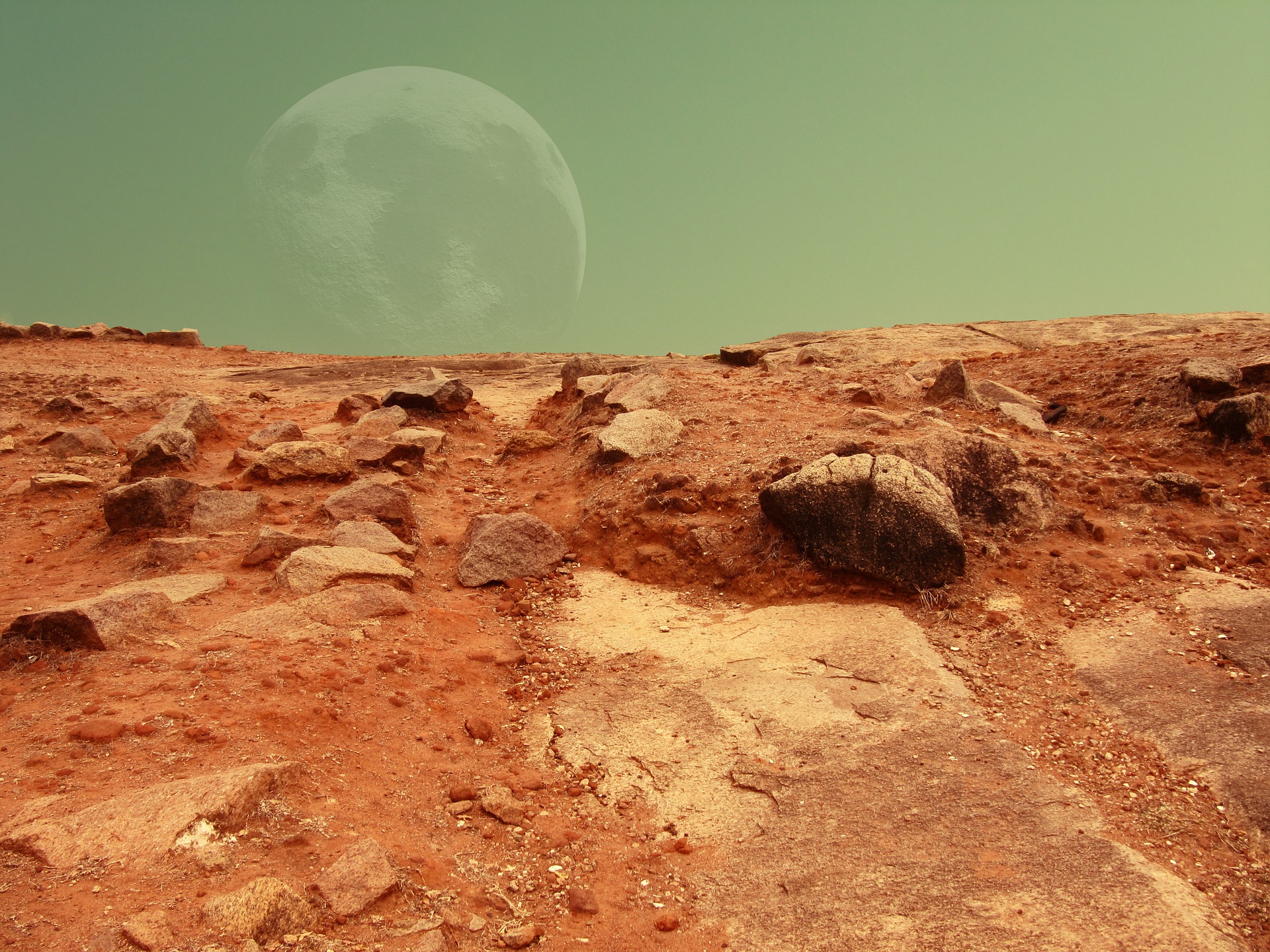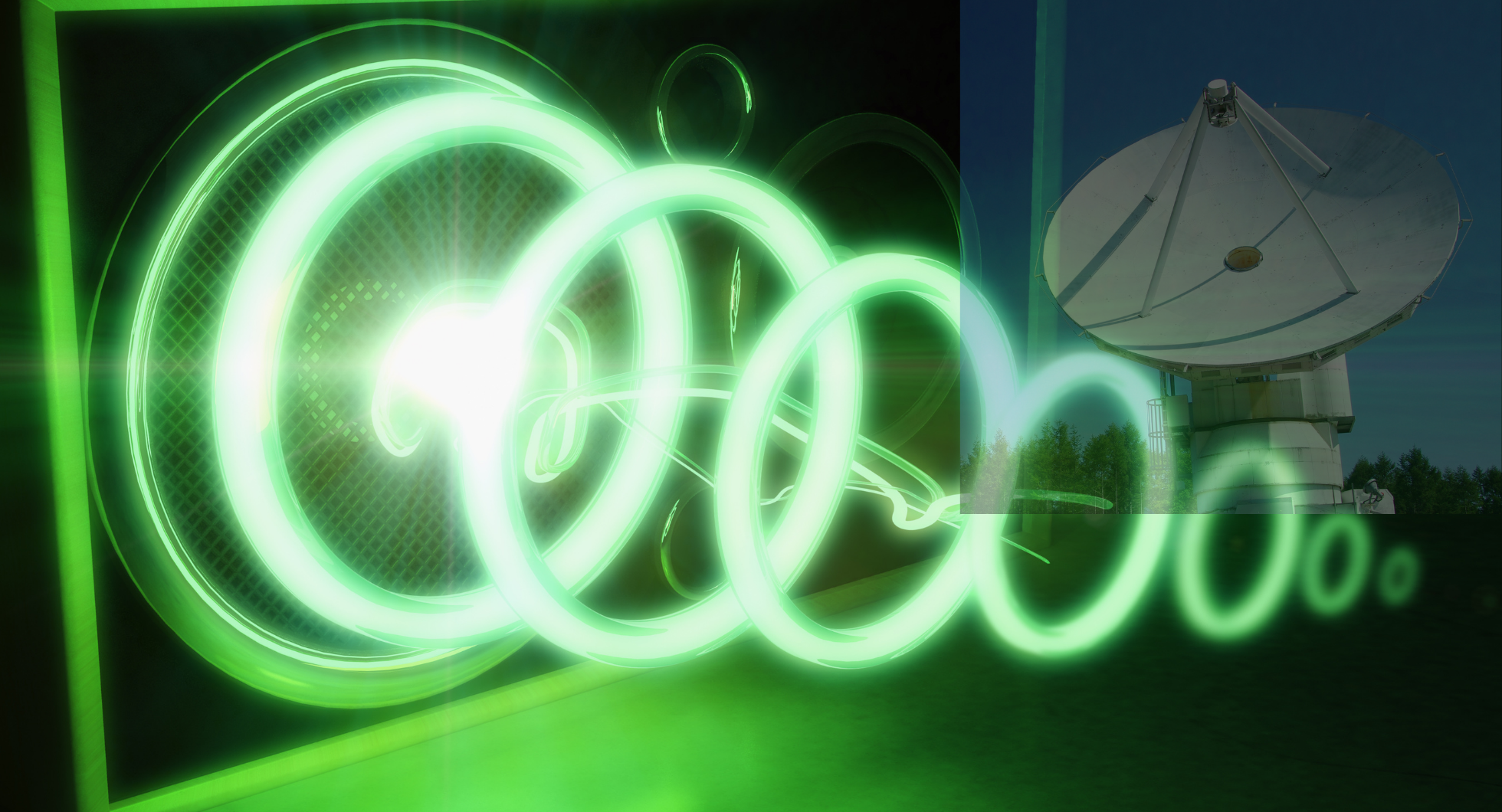Oops! They are not water lakes on Mars: New Study

Scientists are eager to trace an evidence of life in a world other than the Earth. After a close observation of the Moon, it has almost become clear that the earth’s natural satellite doesn’t contain life in any form. But there was some hope of existing life in some form on Mars as it was previously speculated, on the basis of some evidence, that there was water in liquid form. Previous studies had suggested the existence of subsurface lakes on the Red Planet. But now, some scientists think that the radar signals that suggested the presence of water in these lakes located deep under the surface could be emerging from clays, and not water.
Also Read । Study of Marsquakes provide insight about the planet’s interior
New studies have offered new insights into the mystery signals, drying up the lakes hypothesis. A team led by Roberto Orosei of Italy’s Istituto Nazionale di Astrofisica announced evidence suggesting the existence of subsurface lakes deep below the ice cap at Mars’ south pole in 2018. The team had studied data from a radar instrument aboard the European Space Agency (ESA) Mars Express orbiter that showed bright signals beneath the polar cap. The scientists had argued that those signals could be interpreted as liquid water.
As reported, the orbiter used radar signals to penetrate rock and ice, which changed as they’re reflected off different materials. However, researchers after conducting tests in a cold laboratory are now suggesting that signals were not from water.
Aditya R Khuller and Jeffrey J Plaut from Nasa’s Jet Propulsion Laboratory (JPL) analysed 44,000 radar echoes from the base of the polar cap across 15 years of observations and has now said that many of these lakes may be in areas too cold for water to remain in a liquid state. They found many of these signals in areas close to the surface, where it should be too cold for water to remain in liquid form.
Read । Will Perseverance be able to search sign of life on Mars?
Similarly, two separate teams, Carver Bierson of ASU and York University’s Isaac Smith, further analysed the data to determine whether anything else could be producing those signals. While the former completed a theoretical study suggesting several possible materials that could cause the signals, including clays, the latter measured the properties of smectites, a group of clays present all over Mars.
According to the reports, Smith put several smectite samples, which look like ordinary rocks but were formed by liquid water long ago, into a cylinder designed to measure how radar signals would interact with them. He then doused them with liquid nitrogen, freezing them to minus 50 degrees Celsius, close to temperatures observed at the Martian south pole. Once frozen, the rock samples perfectly matched the radar observations made by the ESA’s Mars orbiter.
RECOMMENDED । Mars mission: China touches the Mars surface
Then the team searched for the presence of such clay on Mars using the MRO, which carries a mineral mapper called the Compact Reconnaissance Imaging Spectrometer. They found smectites scattered in the vicinity of the south pole’s ice cap.
JPL said, ‘Smith’s team demonstrated that frozen smectite can make the reflections no unusual amounts of salt or heat are required and that they’re present at the south pole’.
It is said that repeated observations, using the spacecraft’s High-Resolution Imaging Science Experiment (HiRISE) camera, showed granular flows, where grains of sand and dust slip downhill to make dark streaks, rather than the ground being darkened by seeping water. The phenomenon existed only on slopes steep enough for dry grains to descend the way they do on faces of active dunes.
Although it is almost impossible to confirm what the bright radar signals are without landing at Mars’ south pole, the recent studies have presented more logical explanations that the previous speculation of an existence of liquid water on Mars is wrong.


